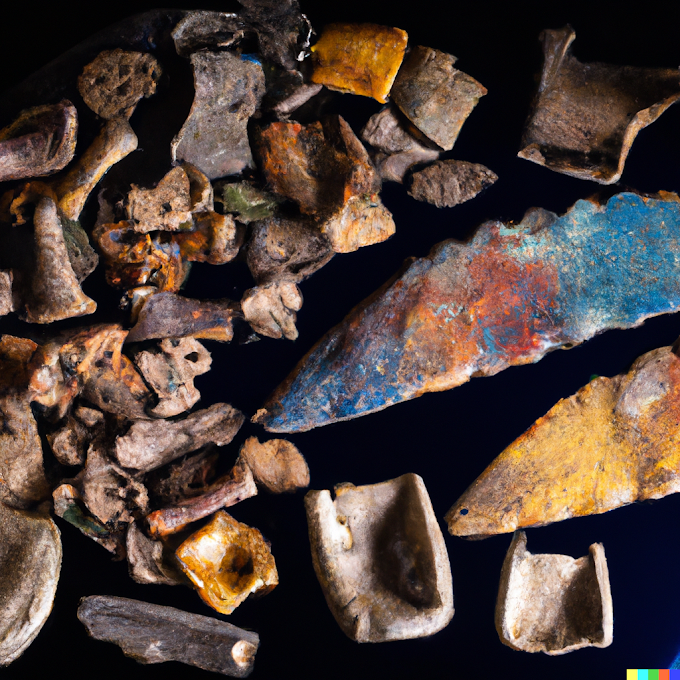Holi, also known as the "Festival of Colors," is a vibrant and joyous Hindu holiday celebrated in India and other parts of the world. It is typically observed on the full moon day in the Hindu month of Phalguna, which usually falls in February or March.
The origins of Holi can be traced back to ancient Hindu mythology. The holiday is believed to have originated as a celebration of the triumph of good over evil and the arrival of spring. It is said that the Hindu god Vishnu defeated a demoness named Holika on this day, and the holiday is named after her.
The celebrations of Holi typically begin the night before the main festival with Holika Dahan, a ritual in which a bonfire is lit to symbolize the burning of the demoness Holika. People gather around the fire to sing and dance, and offerings are made to the gods.
On the day of Holi, people gather in the streets and public squares to throw colored powder and water on each other, play music, and dance. It is a time of great joy and merriment, and people of all ages and backgrounds join in the festivities. It is common to see people drenched in brightly colored powder, and the air is filled with the sounds of laughter and music.
Food and drink also play a big part in the celebrations of Holi. Special sweets like gujiya and thandai are prepared, and people enjoy feasting on traditional Indian dishes like samosas and chaat.
One of the most unique and memorable aspects of Holi is the tradition of bhang, a drink made from cannabis leaves and milk. Bhang has been consumed in India for centuries, and it is considered a traditional part of the Holi celebrations. While the drink is legal in some parts of India, it is still illegal in others, and people are advised to consume it responsibly.
While Holi is a time of great celebration and joy, it is important to remember to respect others and celebrate safely. Some people may not wish to participate in the festivities, and it is important to respect their wishes. It is also important to take precautions to ensure that the colors and water used in the celebrations are safe and not harmful to the environment or other people.
As I mentioned earlier, Holi has its roots in Hindu mythology. According to the legend, the demon king Hiranyakashyap wanted everyone in his kingdom to worship him instead of the gods. However, his son Prahlad was a devotee of Lord Vishnu, and refused to obey his father's orders. This enraged Hiranyakashyap, and he made several attempts to kill his son. But every time he tried, Lord Vishnu intervened and saved Prahlad.
Finally, Hiranyakashyap's sister, Holika, came up with a plan to kill Prahlad. She had a cloak that made her immune to fire, and she convinced Prahlad to sit on her lap while she sat in a bonfire. However, Lord Vishnu once again intervened and made sure that Holika was burned to ashes while Prahlad emerged unscathed.
The story of Prahlad and Holika is seen as a metaphor for the triumph of good over evil, and it is commemorated every year with the celebration of Holi.
In addition to its religious significance, Holi also has cultural and social significance. It is a time when people put aside their differences and come together to celebrate. Holi is celebrated by people of all ages, castes, and backgrounds, and it is a time to strengthen social bonds and promote unity and harmony.
Holi is also associated with the arrival of spring, which is a time of renewal and rejuvenation. The colors and festivities of Holi are seen as a way to shake off the darkness of winter and welcome the warmth and light of spring.
In recent years, Holi has become a popular festival outside of India as well. Many cities around the world, including New York, London, and Sydney, hold Holi celebrations with music, dance, and colored powder.
Overall, Holi is a vibrant and colorful festival that celebrates the triumph of good over evil, the arrival of spring, and the power of unity and harmony. Whether you are celebrating with friends and family in India or in another part of the world, Holi is a wonderful opportunity to immerse yourself in Indian culture and experience the joy and merriment of this unique holiday.










